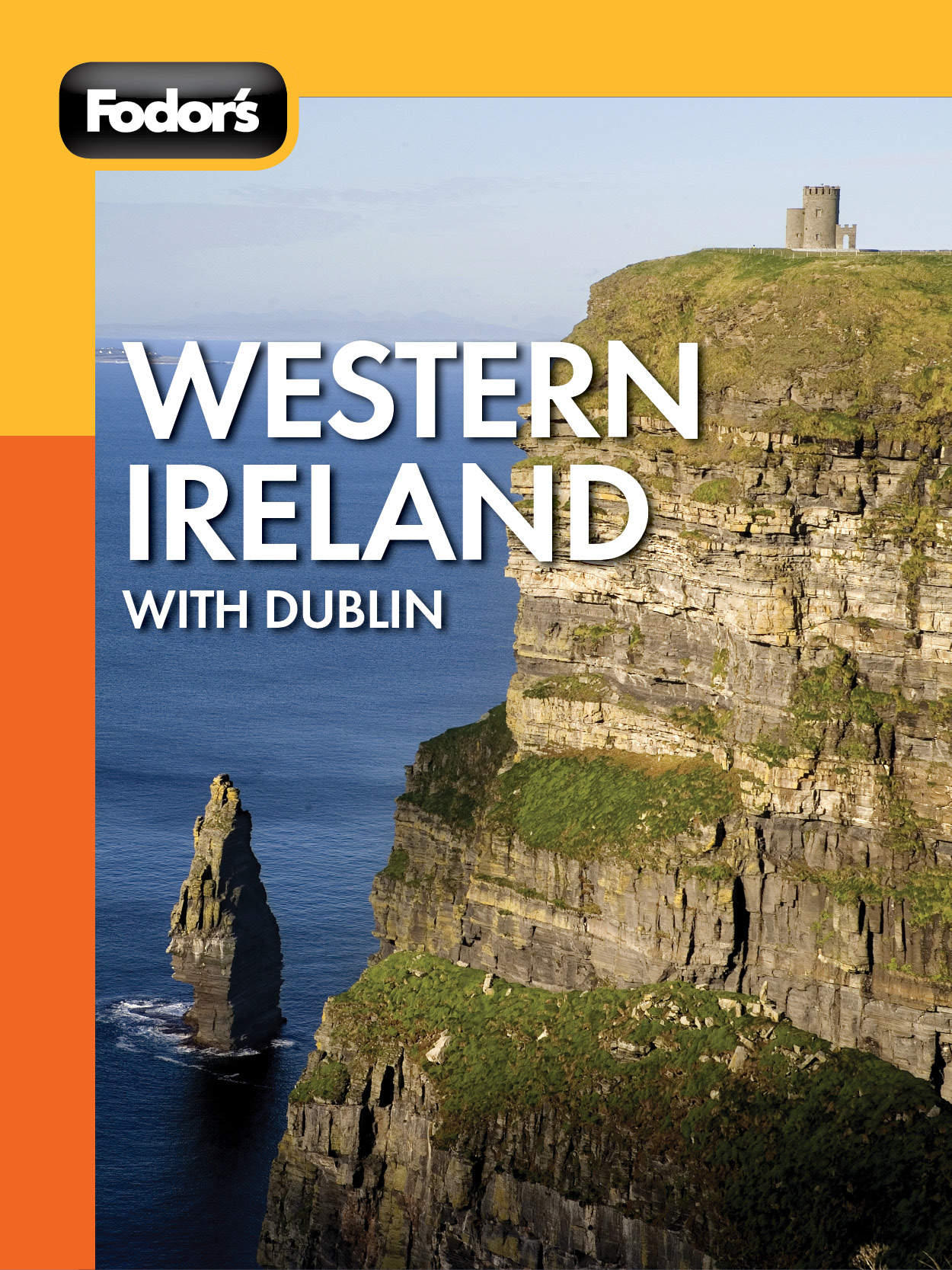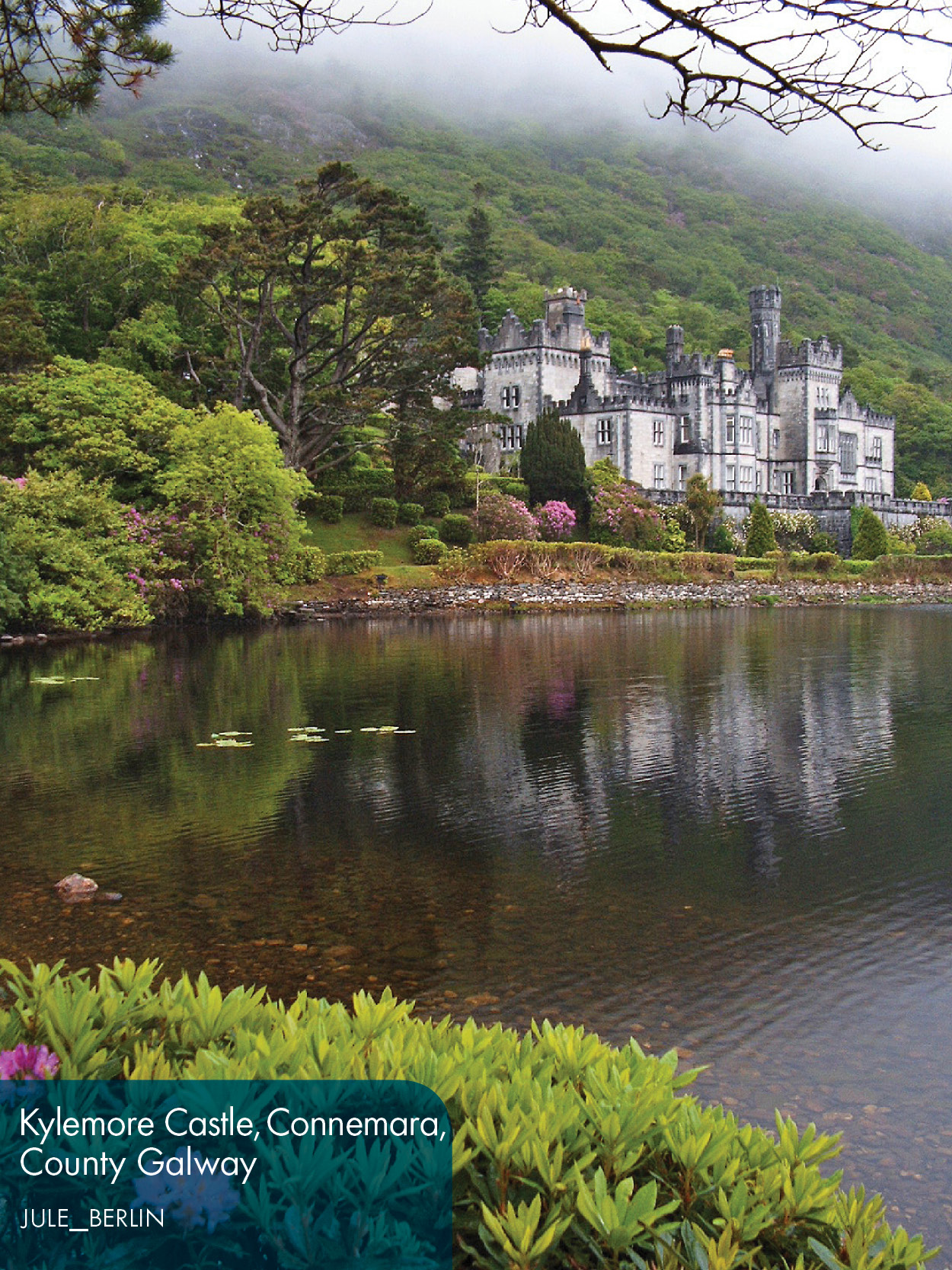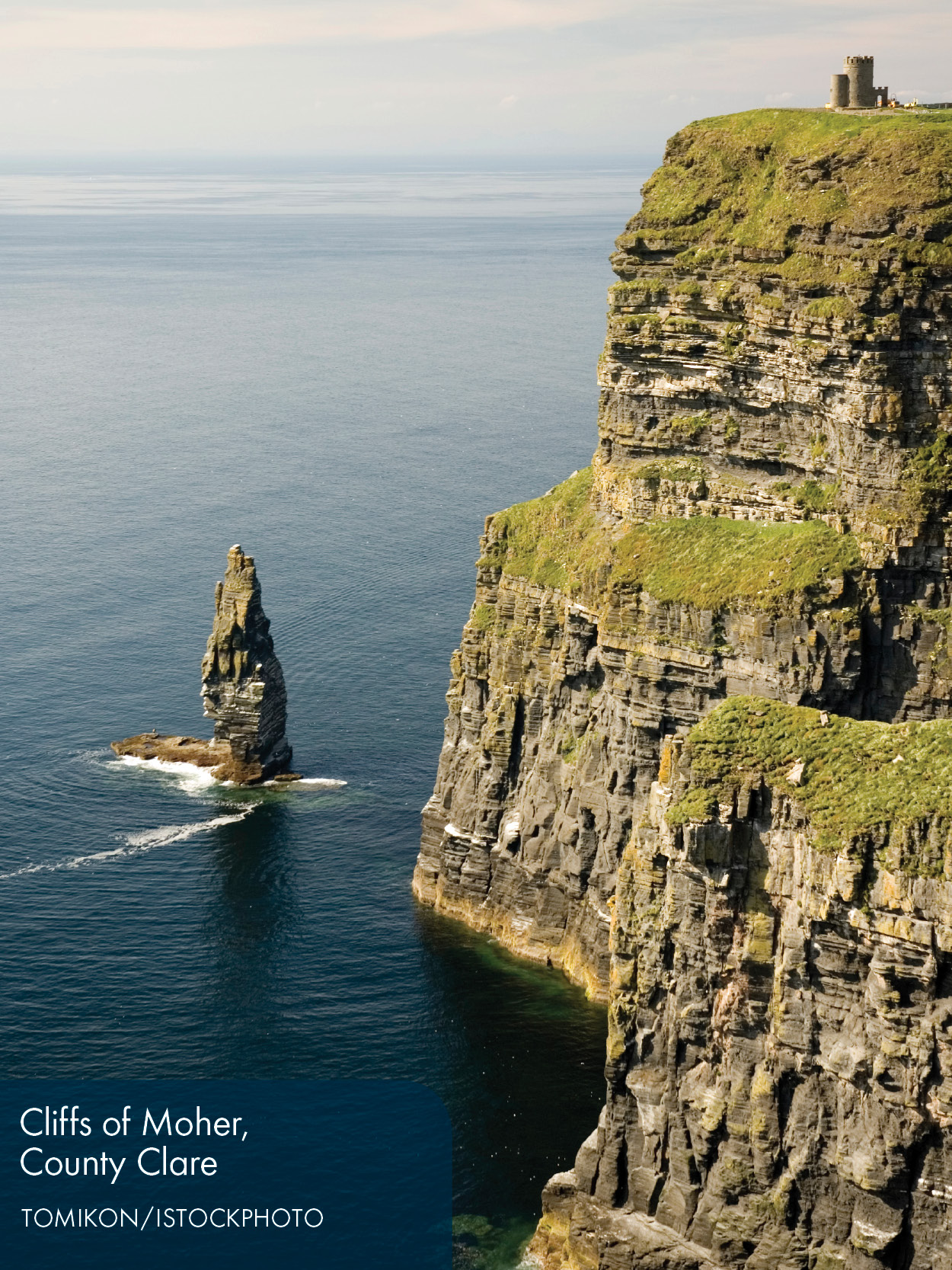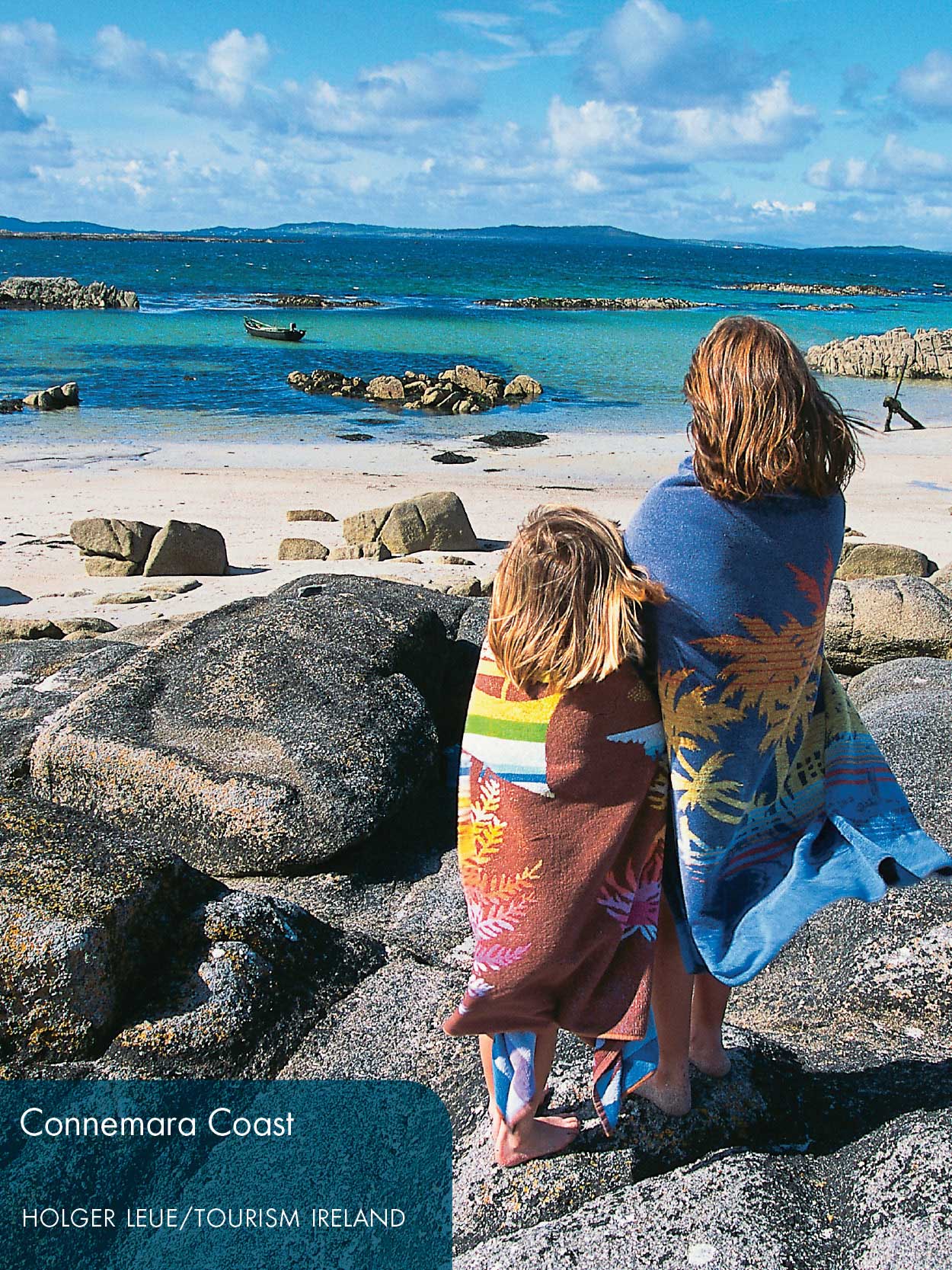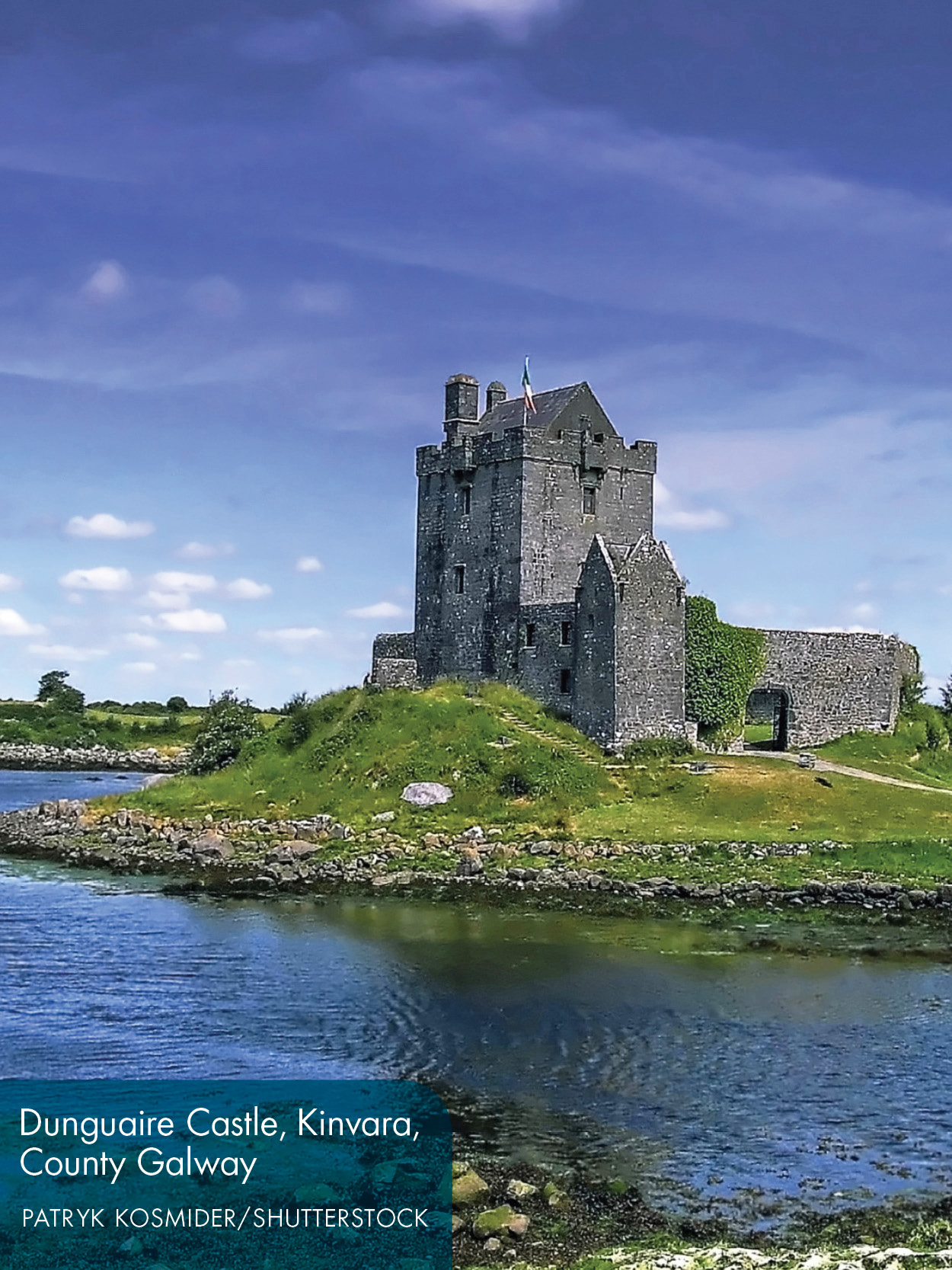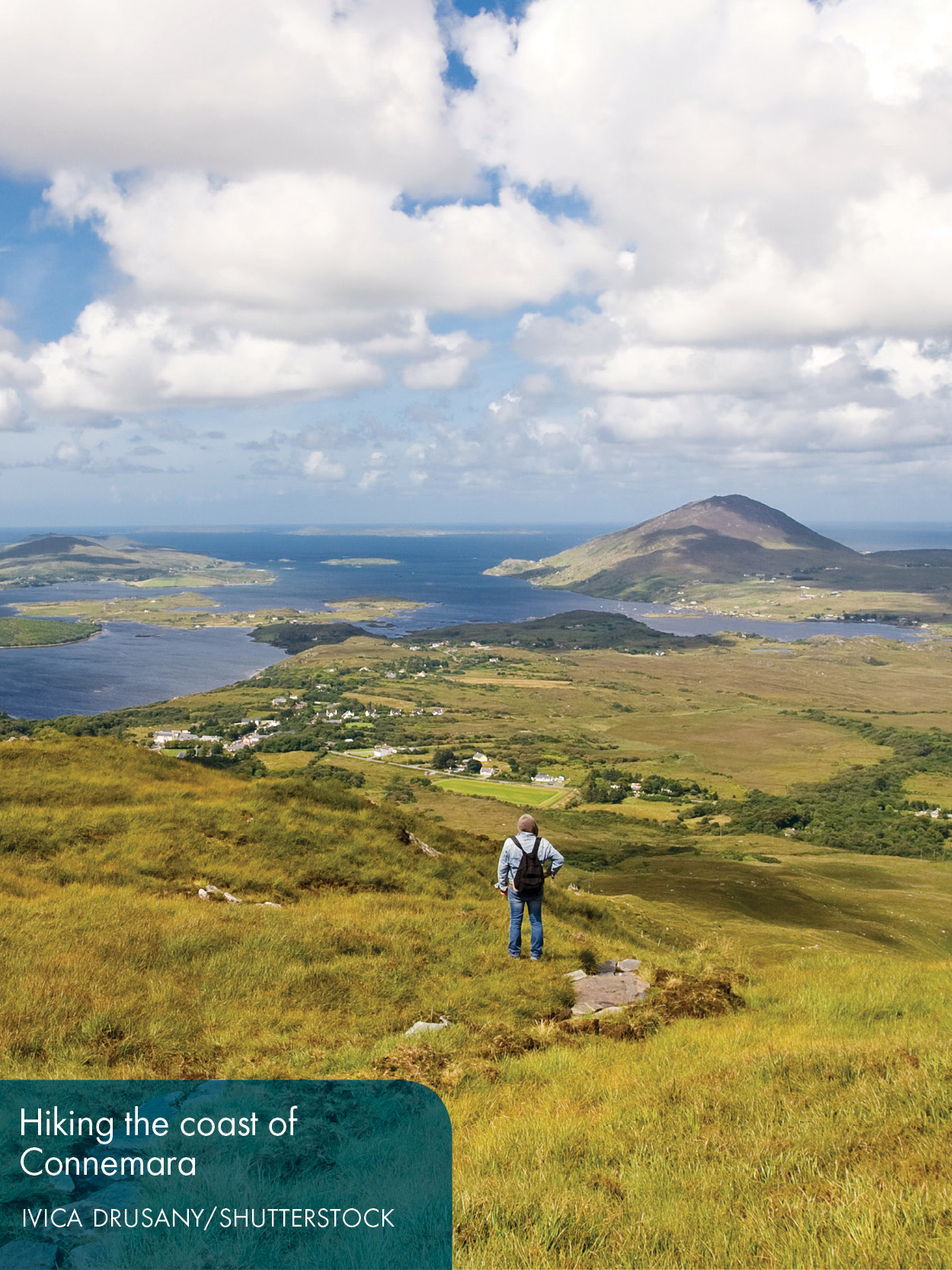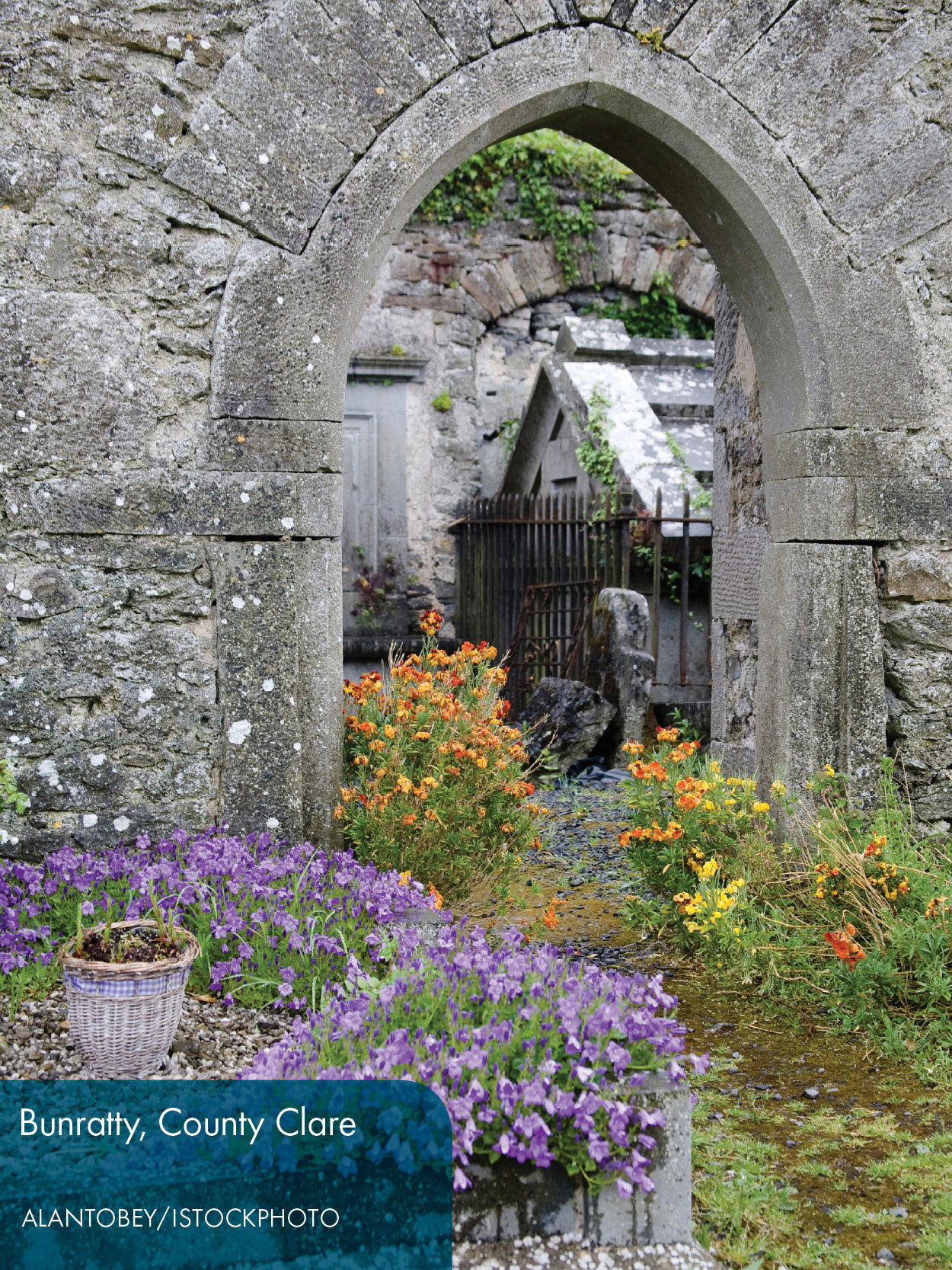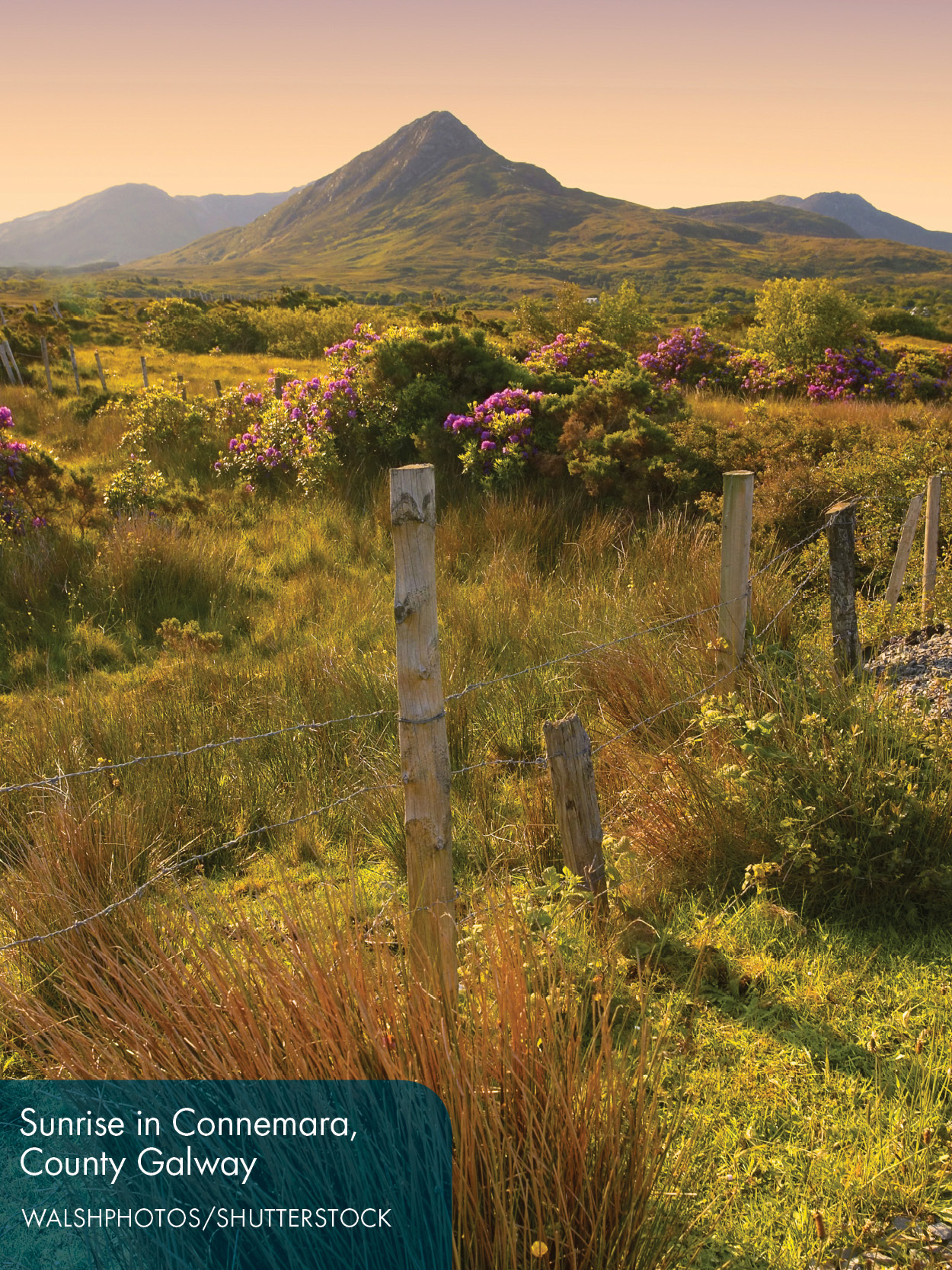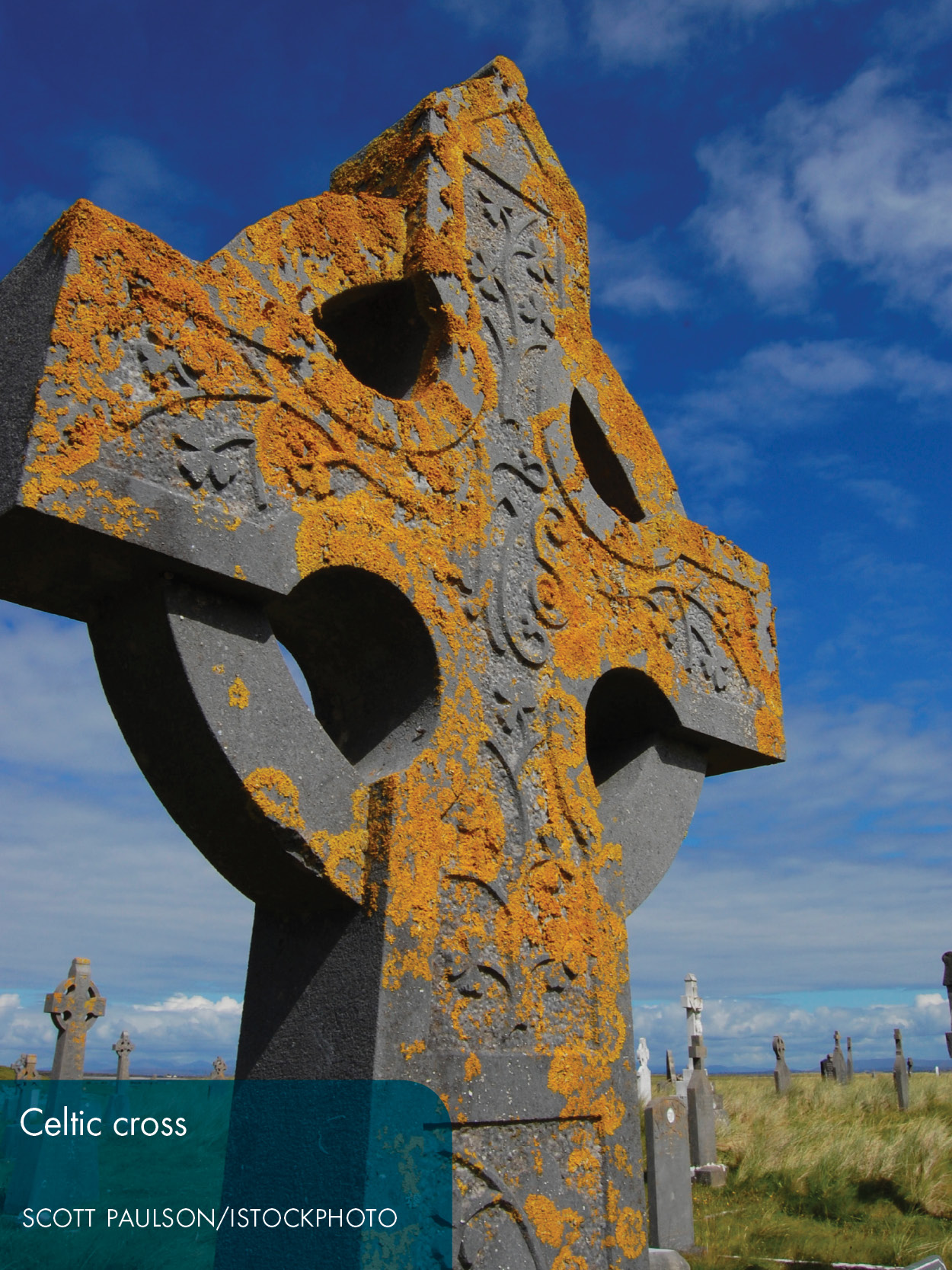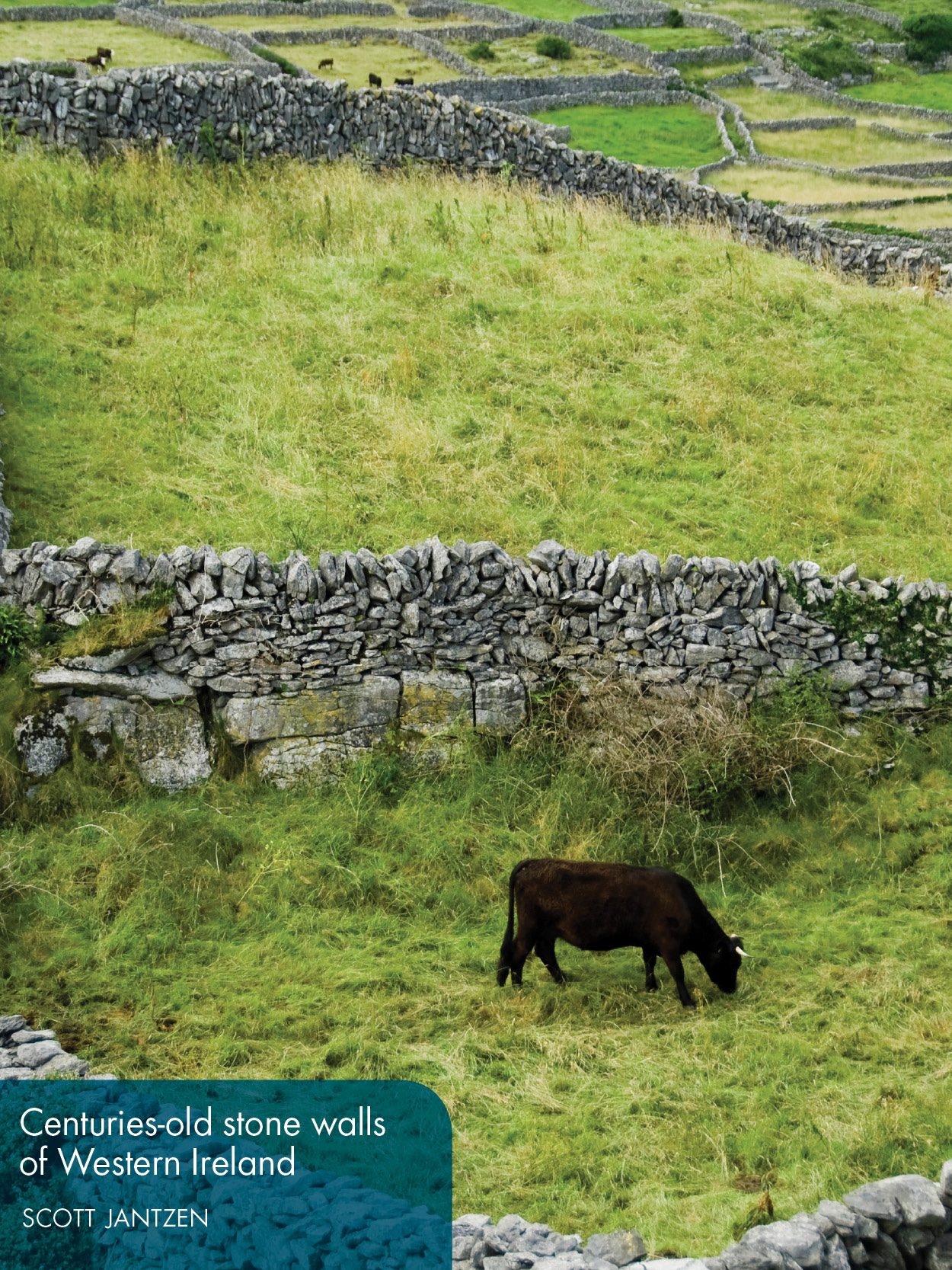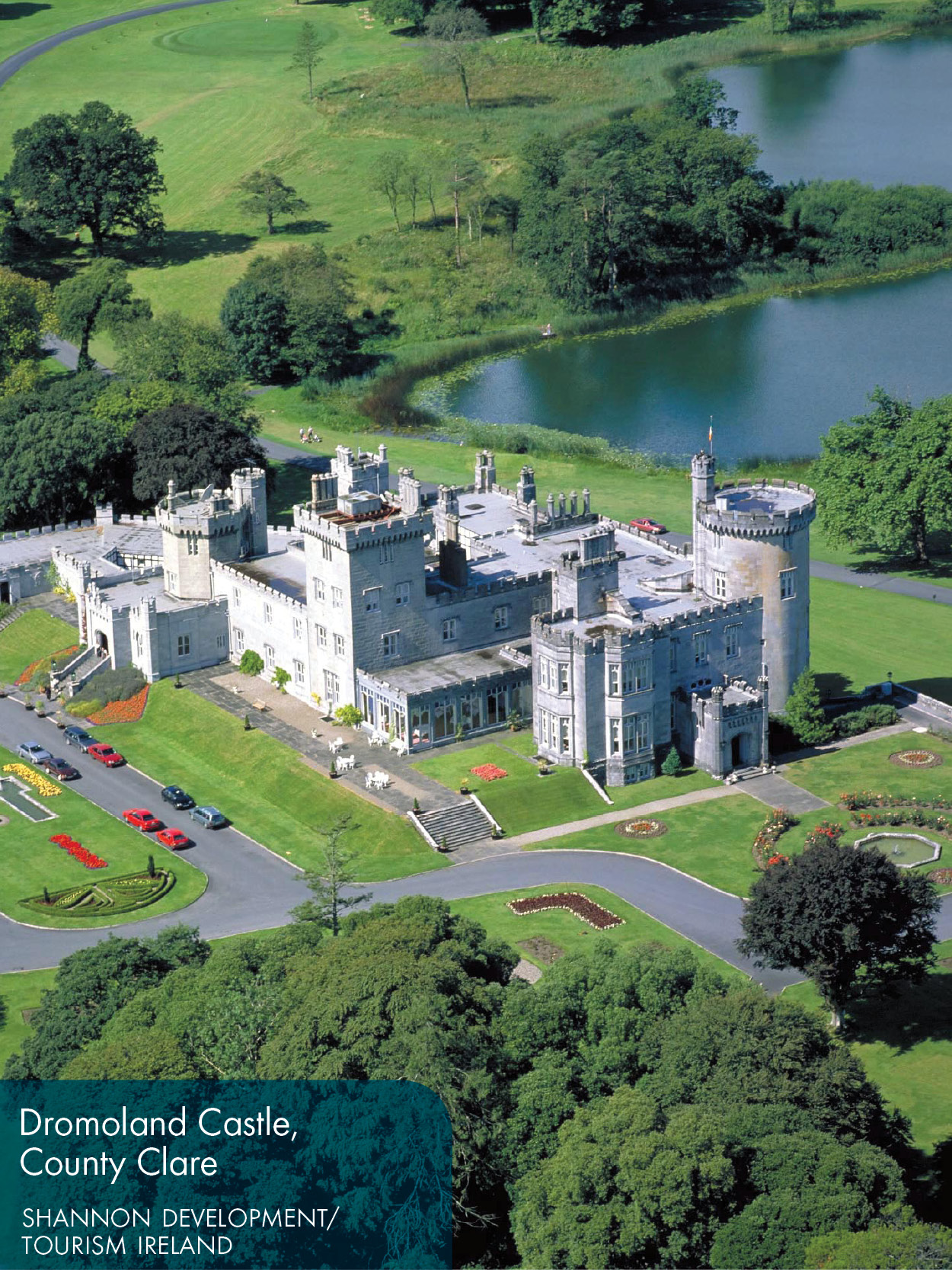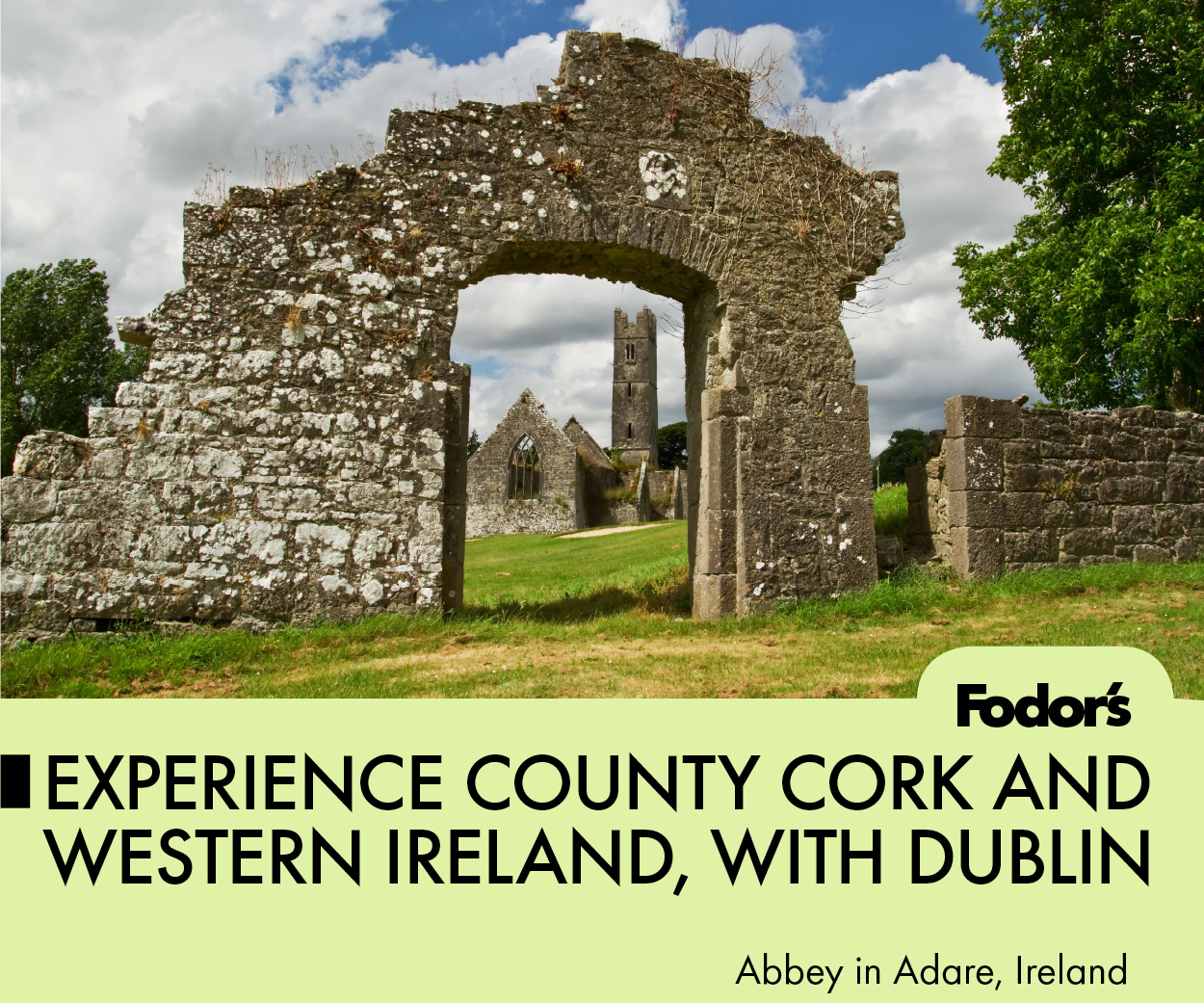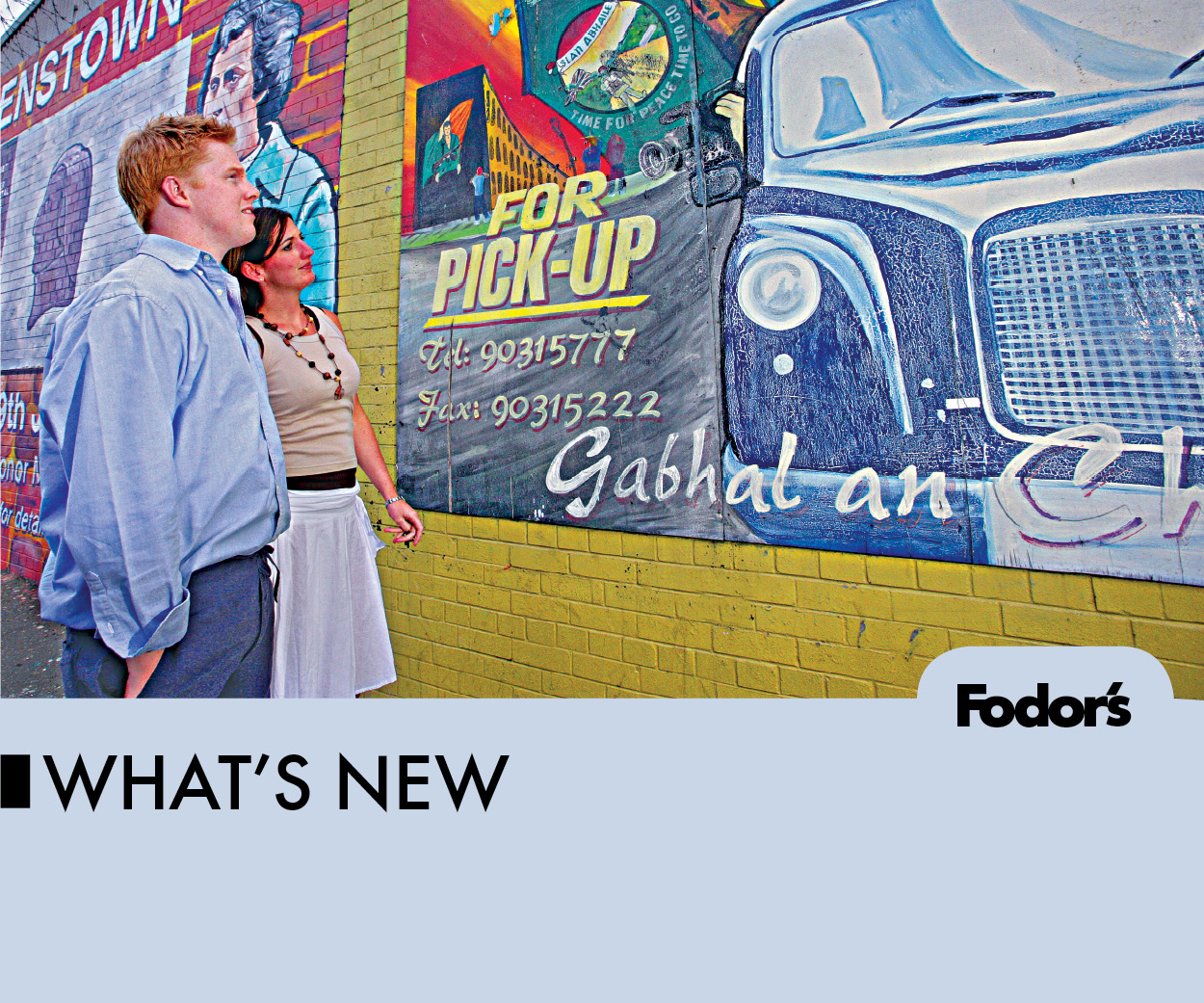From Boom to... ?
After a decade of riding the back of the explosive Celtic Tiger economic boom, the party (some called it an orgy) is officially over. Not so long ago, a two-bedroom terrace house in Dublin was selling for $600,000 and the capital city was buying more BMWs than Bavaria. By 2008, the hung-over country was waking up as if from a drunken dream from an era where house-selling was the ponzi scheme of choice and a consumerist ethos of spend, spend, spend had replaced the discredited church as the national religion. The ongoing negative fallout is familiar the world over: property prices have nearly halved, unemployment has trebled, and the recession has replaced the boom as the most boring thing to bring up in the midst of a good pub conservation. But even though it all ended in tears, the decade-long period of rapid growth and expansion changed the face of timeless Ireland forever. The paw print of the Tiger is everywhere: brash modern buildings; state-of-the-art highways; well-educated, confident (some might say cocky) young people; a slew of new immigrants from all corners of the globe; and the highest mobile phone usage in Europethe Ireland of idyllic postcard simplicity (if it ever existed) is truly gone forever, and with it, all those images of red-haired colleens leading turf-laden donkeys to thatched cottages.
Happily, beneath all the innovations, credit card bills, and high-speed text messaging, that ageless, magical, Irish thing endures. Irelands landscape is still ancient, empty, and breathtakingly beautiful. History, drama, and passion ooze out of every ruined castle wall and old Irish poem. Like the Janus stones and sheela-na-gigs of its pre-Christian past, the real Ireland is two-faced, embracing the past while focusing on the future. In fact there is an undercurrent of opinion in the country that the end of the Tiger might, in the long term, help to save a lot of what is best about Ireland. Greed is no longer good, and there is a movement back towards some of the simpler things in life. There has been an explosion in vegetable gardens, with community allotments springing up on abandoned development sites. The curse of hastily built, ugly holiday bungalows blighting Irelands most pristine natural wilderness sites has been banished and Dublins fragile cityscape wont be assaulted by yet another block of Lego-like, overpriced apartments.
But it is not only the landscape thats rediscovering itself after years of abuse. The essence of what makes Ireland a special place to live and visit is the warmth of its people and their ability to find time for each other and strangers. These ideas of time and friendliness were half-buried under the 24/7 commuter rush and euro-fuelled mania that swept across the country in the boom years. Even the famed Irish sense of humor seemed to get lost in too much boorish money-talk. Its dangerous to romanticize about any benefits of a deep recession, but when the recovery comes perhaps the country will make sure it doesnt lose its head again, remembering to value the less-ephemeral, more solid wonders of the old, green island on the edge of Europe.
Are We Too Dear, Dear?
In tandem with easier comparison to other European countries through common usage of the euro comes the harsh reality of just how expensive Ireland became in recent years. While the economic downturn has put a stop to the worst price gouging, some Irish businesses have been slower than others to re-adjust prices. Okay, so the average house has halved in price, but what about a cup of coffee? Well, a double espresso still runs three euros in some Dublin bars, but just one euro in Milan. Hotels have been the quickest to react to the slump, with massive discounts across the board along with the opportunity to haggle over quoted prices. Swanky, high-end Dublin accommodations are up to 30% cheaper. Restaurants and cafs, on the other hand, have been tardy in taking the eraser to their often exorbitant price lists, but are slowly starting to get the message.
How about dinner for two in a restaurant with a bottle of house wine? What costs $60 in Paris can cost up to $90 in the Emerald Isle. Pub owners, always suspected of greediness by the local imbibers, have deemed it good enough to merely freeze the price of a pint of Guinness at around $4.50. Wanna talk DVDs, clothes, shoes? Prices are falling, but not fast enough to make them bargains. But keep your eyes peeled for the endless series of sales and closing-down offers springing up all over the shops with posh addresses. Overall Ireland is not cheap by any standards, and that includes Tokyo, London, and New York, but prices are falling and in a couple of years they should be competitive with the rest of Europe.
A Hundred Thousand Chinese Welcomes
Does part of your Irish itinerary include discourse with a genuine local barman full of wit and wisdom regarding his native land? You may have to search far and wide to find this endangered species in 2010 as most pubs now have at least two or three recently arrived immigrants dispensing tipples. Even with the recent economic crash, over 300,000 immigrants call Ireland home with Chinese, Poles, Lithuanians, Hungarians, Latvians, and Nigerians being among the most common. The hospitality industry tapped this new immigrant waveperhaps just as well, since most Irish people have little interest in the unsocial hours of the bar and hotel business anymore.
The new emigrants are efficient, courteous, and good humoredbut theyve got a long way to go to match the caustic, all-knowing info youll get from an Irish barman. There are still quite a few left, though: catch em while you can.
Mary (Cough), I Think I Love You (Cough, Cough)
Though famous for their rebelliousness through the centuries, the Irish took to the pub smoking ban with a meekness that prompted many acres of newsprint. Now everybodys getting on board the no butts bandwagonFrance, the United Kingdom, and Italy are presently looking to enforce similar bans. But maybe the acceptance of the smoking ban is not entirely about the health concerns and clean airits also brought a whole new angle to the boy-meets-girl romance dance.


